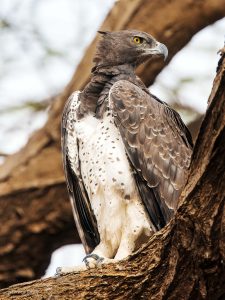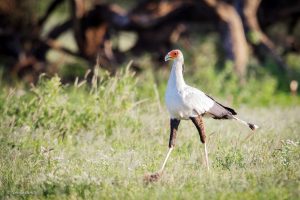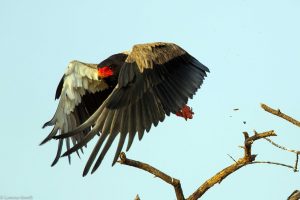Lake Bogoria may be on the bucket list for many travellers in search of flamingoes, and now it has an active group of Friends.
Friends of Nature Bogoria is a community-based organisation that started in 1996 and was officially registered in 2003. It has grown to become one of the vibrant Nature Kenya Site Support Groups (SSGs) in the Rift Valley, with research and monitoring activities keeping track of the health of the Bogoria ecosystem.
“In 1996, we realised there were a lot of changes within the Bogoria ecosystem. We realised that Greater Kudus were becoming rare, yet this is their area of concentration within the county. We also realised there was need to monitor waterfowls,” notes Patrick Kurere, the group’s coordinator and manager.
Friends of Nature Bogoria has participated in the annual waterfowl counts since 2002 and maintains a waterfowl database that tracks trends in Lake Bogoria. The group is also actively engaged in monitoring the Greater Kudu, its distribution and threats to its survival.
Their vibrant activities have enabled them to attract funding to expand their research and monitoring activities within the ecosystem, which is a Ramsar site (a wetland of international importance), a World Heritage Site and an Important Bird Area – which now becomes a Key Biodiversity Area.
“Through funding from the Global Environment Facility (GEF) and Darwin Initiative, we have been able to conduct a kudu census and develop a kudu program. This program details the population and distribution of greater kudus within the catchment area,” Mr Kurere said.
Lake Bogoria National Reserve warden James Kimaru, who doubles as the coordinator of the group, says that they have expanded their programs to target schools, as well as training community tour guides.
As part of raising awareness on the conservation of the Greater Kudu, group members have been advocating the use of wooden carvings as an alternative to kudu horns used in traditional ceremonies.
“We are now trying to let the community know that they can carve replica horns out of wood instead of using kudu horns for ceremonies,” says Raphael Kimosop.
The SSG oversees three community conservancies covering 10,000 hectares – Kiborgoch, Tuine and Irong – which are critical distribution sites of the Greater Kudus.
The group plans to expand their kudu research programme to incorporate tagging of at least three kudus. This will offer additional information on their breeding habits and sites within community-owned land.
Friends of Nature Bogoria were among the stakeholders that developed the Lake Bogoria Management plan. The SSG is also part of a team engaged in mapping sites for the Baringo County Geopark. The Geopark is the first of its kind in Kenya.
Other activities that the Friends are engaged in include bee-keeping, selling artefacts and souvenirs and offering professional tour guiding services.
“In the group, we make sure that everyone is active at doing something useful to the environment. While some have been doing value-addition to aloe products, others have been engaging in bee-keeping and even planting of hay,” says Kimosop.



